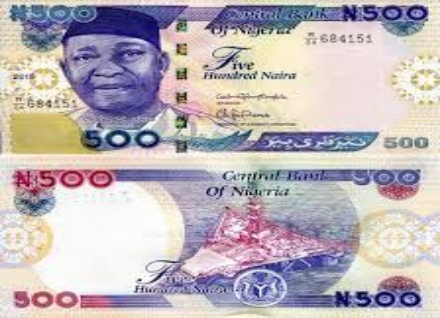Nigerian Currency History: Naira & Kobo
Facts of the evolution and history of Nigerian currency notes (Naira $ Kobo) which are represented with the symbol “₦” and “k” respectively is what this article is about.

Nigerian Currency History: Naira and Kobo
History of Nigerian Currency
Before the West African Currency Board was formed, Nigeria already had it own currency in the form of cowries and manilas. The board was in charge of issuing currency notes in the country. This was during the time of the colonial masters in the year 1912 to 1959.
By 1st December, 1959, the West African Currency Board notes and coins stopped circulating because it was withdrawn which allowed the Central Bank of Nigeria to issue the Nigerian currency notes and coins.
These notes and coins were later misused and by 1st December, 1962, a new legal tender was introduced to showcase country’s new status of independence. The money was also changed in 1968 during the Biafran civil war to weaken the opposition.
An announcement was made on 31st December, 1971 by the then military Head of State that Nigeria would start using a decimal currency as from 1st December, 1973.
After much deliberation, it was agreed that Nigeria’s indigenous currency unit should be called Naira and it would be equivalent to ten shillings. The minor unit would be called kobo; 100 kobo would equal one Naira.
Since then, Naira and Kobo has been the official currency of Nigeria. The Central Bank of Nigeria on her part is the only issuer of the legal tender money throughout country. The CBN also controls the volume of money supply in the economy in a bid to ensure a stable economy.
Below is a run down of Nigerian currency history from amalgamation till date.
Nigerian Currency History begins in 1912
Nigeria had used other forms of money (cowries and manilas) prior to the introduction of the Naira. The West African Currency Board was the body legally responsible for issuing currency notes in Nigeria between 1912 to 1959 .
Nigerian Currency Notes issued on 1st of December, 1959
The Central Bank of Nigeria withdrew the West African Currency Board notes and coins, and issued the Nigerian currency notes and coins on 1st of December, 1959.
Legal Tender Status 1962-1968
By 1st December, 1962, the legal tender status was changed to showcase Nigeria’s new independent status. The currency notes were again changed in 1968 during the civil war.
Introduction of Naira & Kobo denomination 1971–2005
The government announced on March 1971 that it would change to decimal currency system as from 1st December, 1973.
It also announced that the major currency unit would be called Naira represented with the symbol “₦” and minor unit, kobo with symbol “k”
The CBN on that same date introduced notes for 50 kobo, 1, 5, 10 and 20 Naira respectively.
In the year 1991, 50 naira notes were issued and was also followed by 100 naira in the year 1999, 200 naira notes in the year 2000, 500 naira in the year 2001 and finally the 1000 naira note was announced in the year 2005 which is currently the highest denomination of the naira.
Polymer notes was introduced 2007 to 2009
As at March 28, 2007, the Naira was modified and changed into Polymer notes. Although not all naira notes were changed to new versions.
The idea of the Central Bank was to make the notes smaller and durable. The notes affected by the CBN polymer policy were the 5, 10, 20 and 50 Naira notes by the then governor Sanusi Lamido Sanusi in 2009
Today’s Nigerian Currency Exchange Rate
The value of the Naira today according to the Central Bank of Nigeria isn’t that stable due to market forces. Therefore it’s exchange rate is allowed to float.
Trades speculations has it that the exchange rate of the Naira will float between 350 and 400 against the American dollar.
Reference: The History of Nigerian Currency (CBN website)

